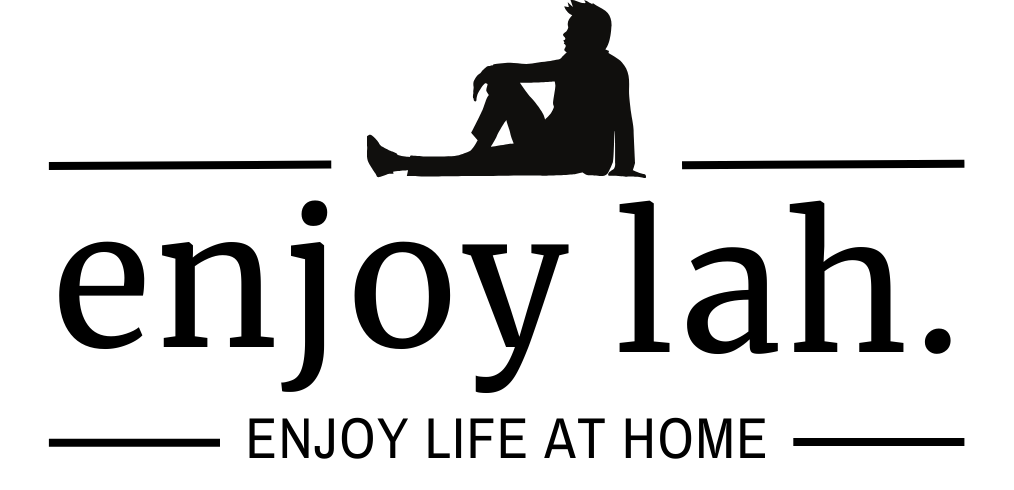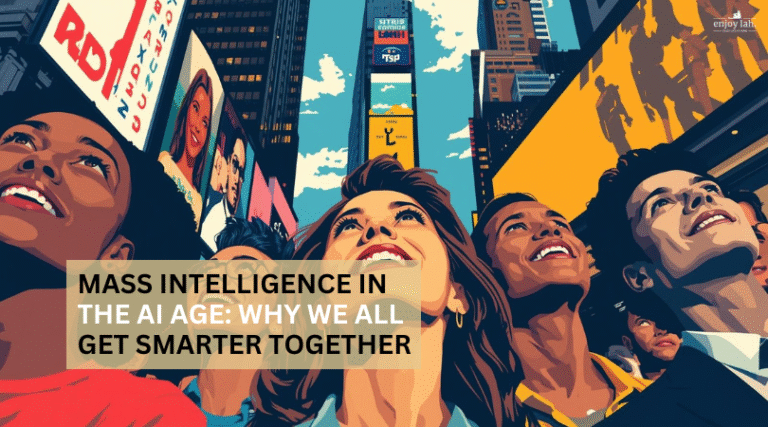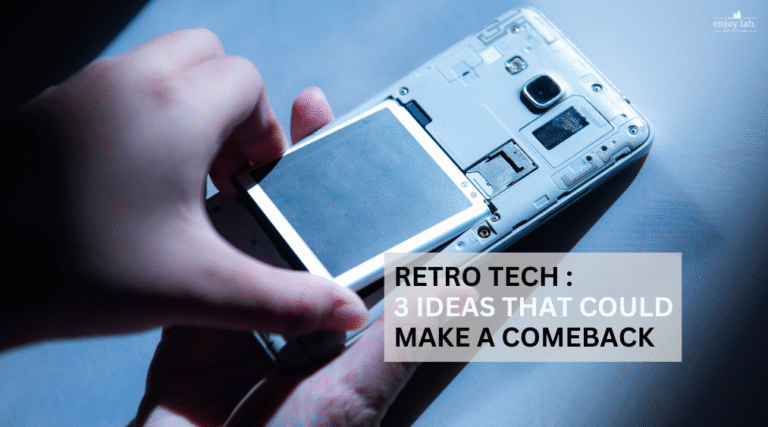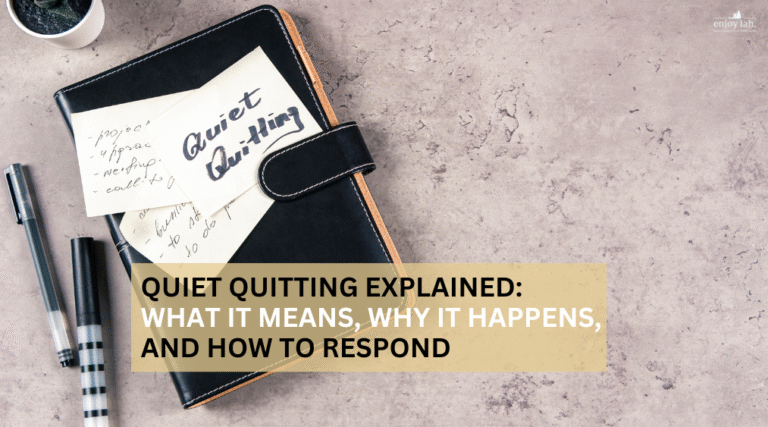Vibe Economy Explained
Vibe economy is here.
Every now and then, we hear “vibe this vibe that”. Is it a young person’s vocabulary?
Well, the “vibes” is no longer just a casual phrase to describe a mood. It is now kind of a digital movement. What’s happening today is being encapsulated into what we call the Vibe Economy, a term that explains the reshaping of economic utility, where emotions, aesthetics, cultural resonance, and community IDs have become the selling points. (No longer just about functional utility or the brand itself).
This trend did not just appear overnight. With artificial intelligence being entrenched now, and with creativity and online culture intersecting, we are now surrounded by “vibe-x” lingo. Starting from vibe coding to vibe marketing, and we even have concepts like vibecession, the vocabulary of vibes has become shorthand for how meaning is created and consumed online.
For Gen X, understanding this new cultural language is not about chasing slang but about adapting and participating in the current world. Here is the demystified discussion!
What Is the Vibe Economy?
The Vibe Economy can be best understood alongside its brother-sister counterparts, like the gig economy or the creator economy. Instead of focusing on transactions or production, it emphasizes mood, aesthetics, and emotional connection. Yes, its the Experience! In this economy, how something feels can be just as important, if not, the most important aspect!

To illustrate, consider these five expressions of the vibe economy:
- Vibe Coding: This is probably the trendiest now! An intuitive approach to programming, where creativity and experimentation by using AI. From programming line by line to curating the generated code. Instead of coding for strict efficiency, vibe coding emphasizes “flow” and how the process feels to the developer or creator.
- Vibe Marketing: Campaigns that rely less on polished slogans and more on authentic resonance. Brand now sells a feeling, an identity, or a lifestyle instead of just focusing on a product’s features and price. The aim is not to sell aggressively but to create a mood that audiences can connect with.
- Vibe Strategy: More of an approach by businesses that focus on the deliberate use of emotional tone and cultural cues in business positioning. It’s not just what a company sells but how it feels when people encounter the brand.
- Vibe Design: Simply more human factor in design. Aesthetic-forward creativity that prioritizes atmosphere and mood. Think of digital interfaces, products, or spaces that spark an emotional response before delivering functional details.
- Vibe Music: Tracks curated or created for the emotions and moods. Playlists on Spotify or YouTube often carry titles like “chill vibes” or “focus vibes”, reflecting how music consumption is now framed around emotional states.
Each of these expressions shows how the vibe economy is not fluff, it is a new shift where Businesses are intentionally focus on delivering the right experiences to consumers. It’s a new way of understanding cultural and digital value.
Why “Vibe-X” Is Suddenly Everywhere
So why is the vibe economy suddenly everywhere? Three forces explain the rise.
First, digital saturation has made people weary of polished content. In a world full of ads, algorithms, and automated feeds, demand for trusted and authenticity is on the rise.
Second, AI technologies democratize access to creativity. Anyone with access to tools like Canva, ChatGPT, or generative music apps can now create content, shifting the focus from expertise to creative expression.
Third, people’s attention span is changing and becoming shorter, in part due to a much noisier marketplace. Putting “vibes” will be the fastest way to engage audiences. We are talking about seconds here!
Gen Z may have expanded this vibe economy, but Gen Xers must also take note. As we also live in the same world, understanding the vibe economy is about recognizing how influence is now measured, communicated, and monetized.
What Is a Vibecession?

We have always hated recessions when it comes to understanding the economy. Similarly, in understanding the vibe economy, we also need to understand this term called Vibecession.
A vibecession is like a cultural downturn where the mood collectively turns negative, even though the economic data or numbers may paint a different picture. Unlike a traditional recession, a vibecession is less about financial indicators and more about social atmosphere.
Vibecession was famously coined by Kyla Scanlon, a popular Gen Z economist and TikTok creator, in 2022. Scanlon created the term to describe the economic phenomenon where core economic indicators are positive, but consumer sentiment and personal financial experiences remain negative.
So, what could cause vibecession?
A few factors. The feeling of high inflation and shrinkflation drastically increases living costs, while the feeling of challenges in acquiring housing could create anxiety. This daily financial squeeze, amplified by social media, generates deep pessimism, making the economy feel broken despite that it may have positive economic numbers.
Hence, it is worth knowing that even in the vibe economy, emotions could also outweigh the cold, hard economic numbers.
Final Thoughts – Why Learning Vibe Economy Matters for Gen X
For us Gen Xers, the vibe economy is definitely more than a buzzword. It looks like a cultural shift with real implications. We can sometimes feel caught between the acceleration of digital culture and the fatigue it brings. By understanding how vibes shape trends, marketing, and workplace culture, we can be better prepared to navigate where opportunities lie.
Additionally, we should also recognize signs of vibecession that allow us to check the temperature of cultural currents. By having this literacy of understanding, it helps us to engage the younger generations, where they are likely to be part of our team that we are leading, and to have meaningful conversations.
Of course, I do not think vibecession is only applicable to young people. We Gen Xers are also very much affected, but maybe in a different way. (I will probably discuss this in another article.)








